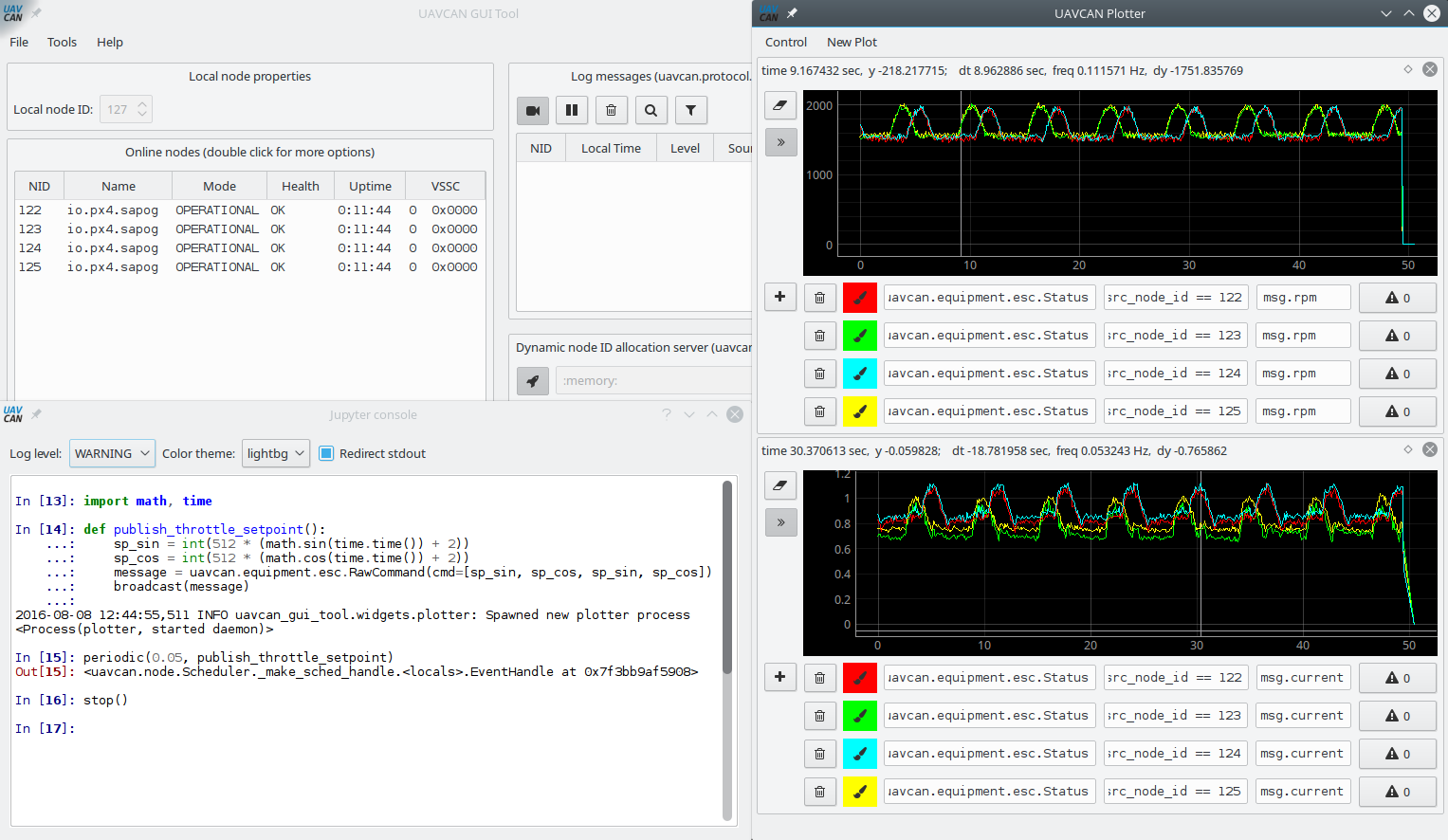Osx Node Install
If you’re looking for an easy guide to install Node.js and npm on OS X and macOS — this is it.
Osx Install Node Brew
Before we get started, are you listening to JS Party? If not, you should be! Maybe start with our episode all about best practices for Node developers. ✊
It allows you to perform operations like install, uninstall, switch Node versions automatically based on the current directory, etc. To install fnm, use this install script. Fnm has cross-platform support (macOS, Windows, Linux) & all poplar shells (Bash, Zsh, Fish, PowerShell, Windows Command Line Prompt) it's built with speed in mind. Using a Node version manager to install Node.js and npm. Node version managers allow you to install and switch between multiple versions of Node.js and npm on your system so you can test your applications on multiple versions of npm to ensure they work for users on different versions. OSX or Linux Node version managers. Nvm; n; Windows Node.
Thanks for contributing an answer to Stack Overflow! Please be sure to answer the question.Provide details and share your research! Asking for help, clarification, or responding to other answers. Ship to systems without Node or NPM - No need to NPM install dependencies, bundle everything in a single executable. Dictate Node version - Force a certain version of Node to guarantee feature support. Prevent commercial application from being nulled - It is not as easy anymore as commenting out, replacing or removing the license validation.
The default method for installing Node.js is to download a pre-built installer for your platform, install it and make sure it’s on your $PATH.
However, if you’re a Homebrew fan like me and prefer to install all of your packages with it — ensuring your packages are installed using the same commands and directories and allowing Homebrew to easily manage upgrades and updates — then this guide will help you get started.
Osx Install Node 8


Install Node.js and npm with Homebrew
First, install Homebrew.
Then run brew update to make sure Homebrew is up to date.
As a safe measure you should run brew doctor to make sure your system is ready to brew. Run the command below and follow any recommendations from brew doctor.
Next, add Homebrew’s location to your $PATH in your .bash_profile or .zshrc file.
Next, install Node (npm will be installed with Node):
To test out your Node and npm install, try installing Grunt (you might be asked to run with sudo):
If that worked then congratulations — you’ve installed Node.js, npm, and Grunt.
If not — retrace your steps or post a question to Stack Overflow.
Listen to related podcasts on The Changelog
Osx Install Node 10
Since you’re interested in Node.js, npm, and Homebrew — listen to some recent related podcasts we’ve done on those subjects.
